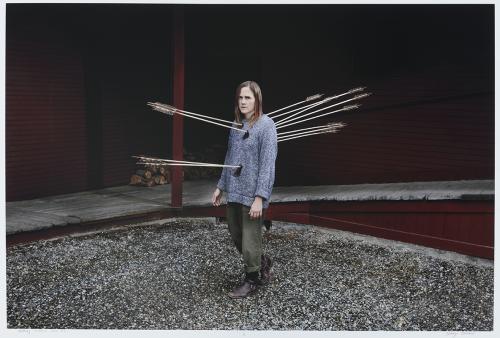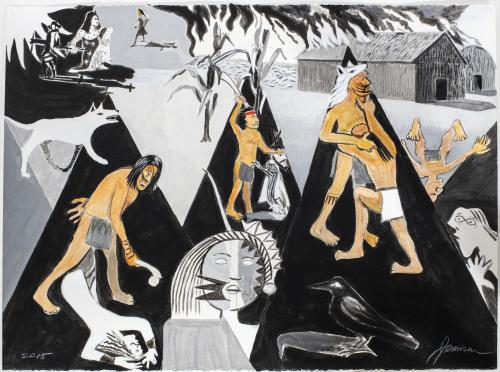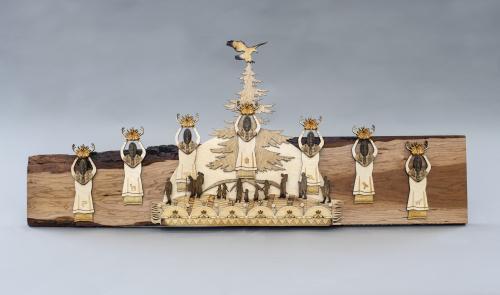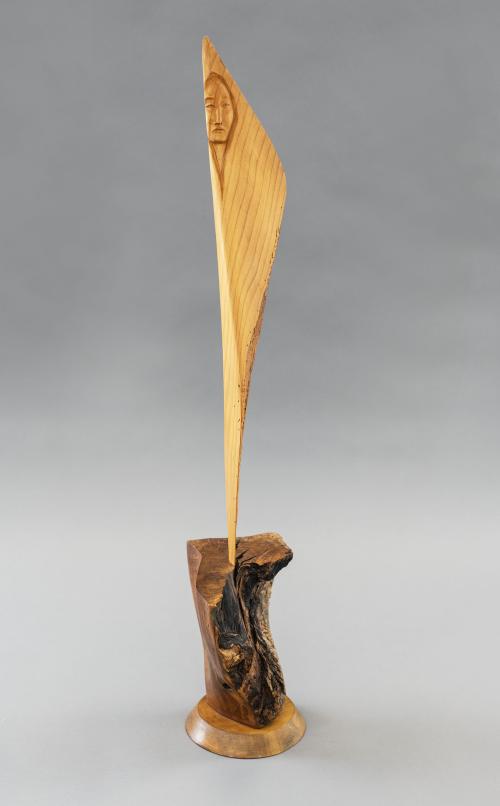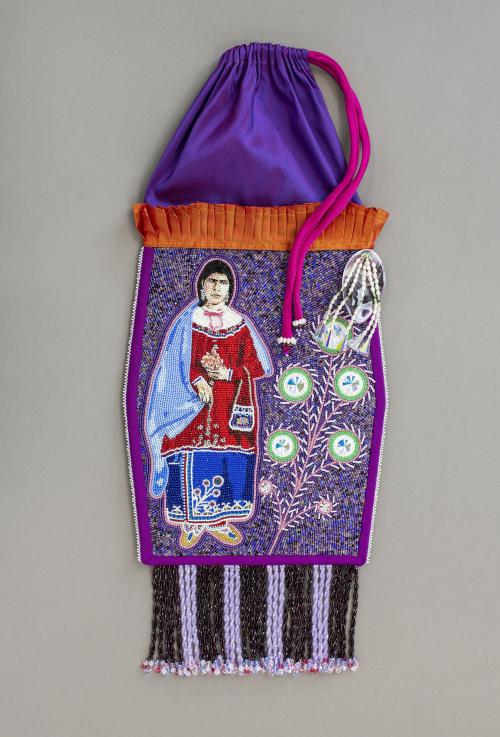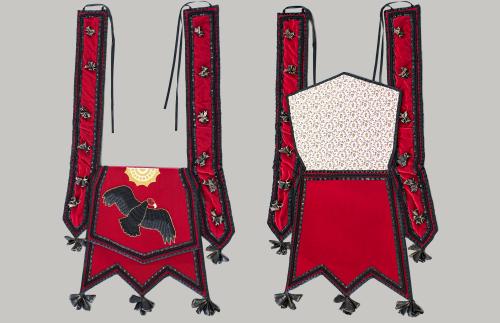The following artists are featured (in order of appearance in the exhibition):
Dawn Dark Mountain, Anthony Gonyea, Rose Kerstetter, Brenda Hill, Lydia Wallace-Chavez, Natasha Smoke-Santiago, Peter B. Jones, Raohserasawi Hemlock, Norman Jimerson, Carson Waterman, Samuel Thomas, Dan Hill, Luanne Redeye, Marjorie Skidders, Brandon Lazore, David Fadden, Larry Jacobs, Reva Fuhrman, Erin Lee Antonak, Tohanash Tarrant, Grant Jonathan, Bryan Printup, Rosemary Hill, Samantha Jacobs, Mary Jacobs, Carrie Hill, Rain Hill, Robin Lazore, Brooke Vandewalker, Ronni-Leigh Goeman, Stonehorse Goeman, John Fadden, Murisa Printup, Robert D’Alimonte, Noel Benson, Diane Schenandoah, Matilda Hill, Dorothy Printup Winden, Louise Henry, Sophronia Thompson, Penny Hudson, Ethyl Zomont, Angel Doxtater, Leah Shenandoah, Faye Lone, Niio Perkins, Isabella Thompson, Bruce Boots, Jeremy Dennis, G. Peter Jemison, David Martine, Jamie Jacobs, Ken D. Williams Jr., Orlando Dugi, Wilma Zumpano-Cook, Jay Havens, Ann Mitchell, Stan Hill Sr., Erwin Printup Jr., Hayden Haynes, Stan Hill Jr., and Karen Ann Hoffman, Margaret Jacobs, and Robert Griffing.










